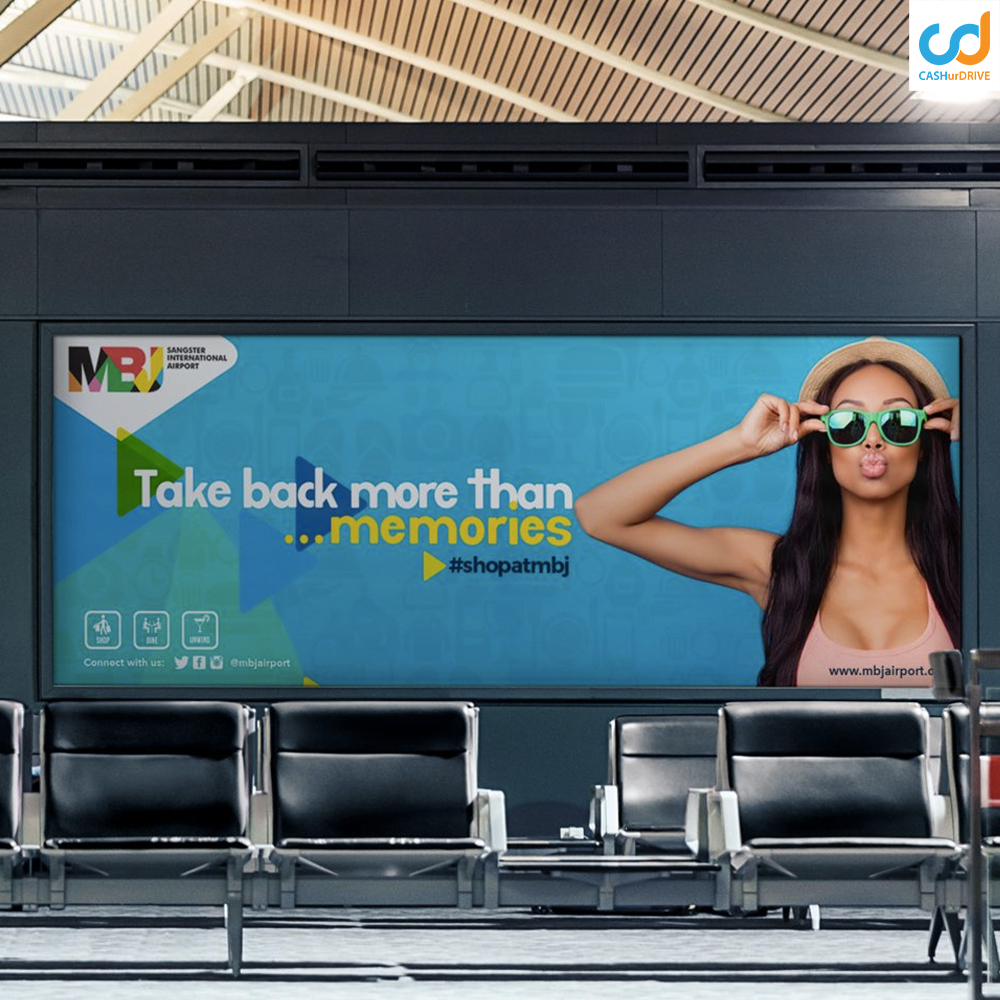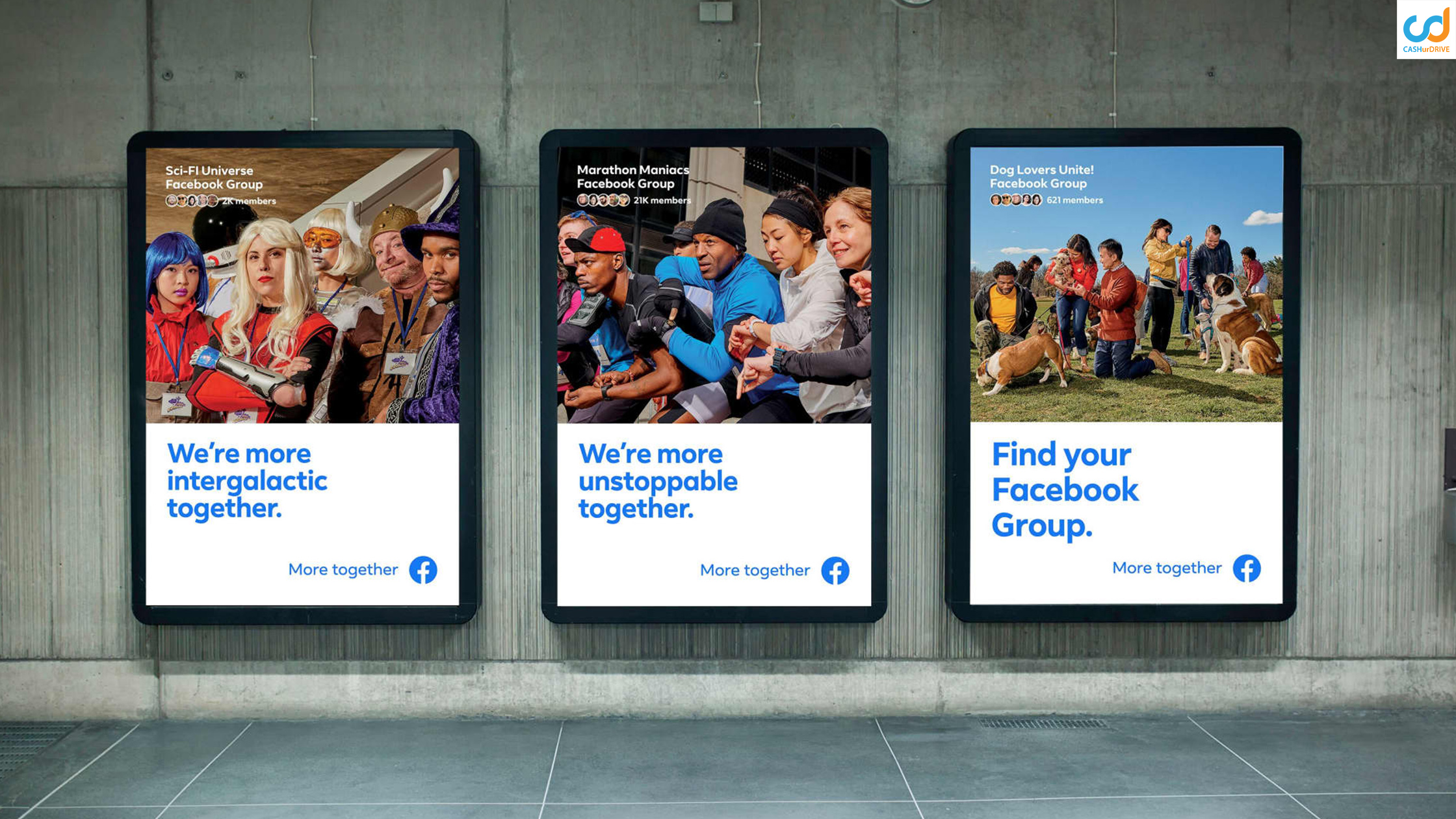
Strategic Sequential Messaging: Your Guide to Better Ad Results
Today, we cannot deny the fact that we are living in an increasingly connected world. People are bombarded by marketing messages almost every day and constantly. This is because the present-day companies or brands are more committed to bringing a relevant and personalised advertising experience.
This is where sequential messaging in advertisements comes into play. While most of the expert marketers would already know what we are talking about, we are here to educate those who don’t. Sequential messaging is more like a strategic approach in digital advertising, which helps brands deliver their message through ads in a planned sequence.
A strategic storytelling approach in marketing, sequential messaging helps brands guide audiences through a thoughtfully structured journey, from brand awareness to conversion. It is one of the best ways to utilise your marketing budget and generate higher conversion rates for your business. Let’s dive in and discuss the role of sequential messaging advertising in depth.
What is Sequential Messaging?
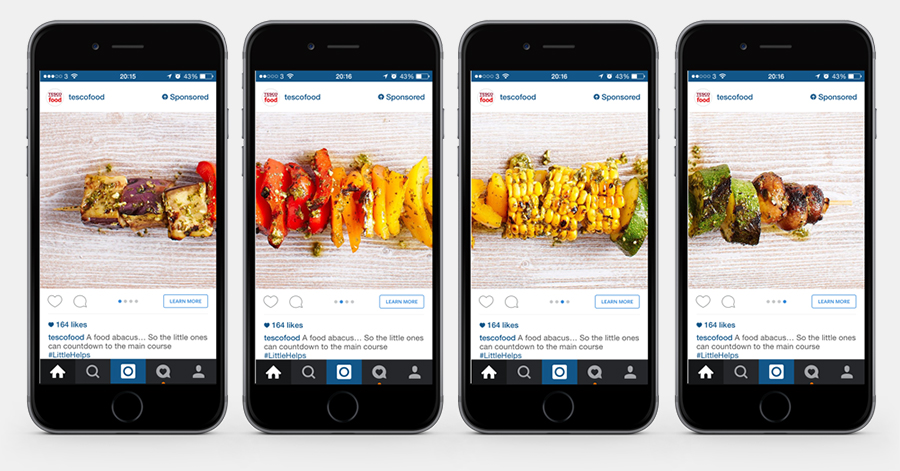
Sequential messaging in advertising is a marketing strategy that involves delivering a series of tailored messages to a target audience over a specific period. These messages are arranged in a logical order to mirror the customer journey, beginning with broad awareness and gradually narrowing down to specific calls-to-action (CTAS).
Rather than relying on a one-time, one-size-fits-all message, sequential advertising campaigns leverage timing, personalisation, and context to deepen engagement. One of the biggest and best examples of this is Coca-Cola’s “Share a Coke” campaign. They used sequential messaging to increase the consumption of this aerated drink by almost 7%.
Why Sequential Messaging Works
-
Mirrors the Buyer Journey:
Consumers rarely make a purchase decision after seeing a single ad. The modern buyer moves through a journey, starting with awareness, moving into consideration, and finally arriving at the decision stage. The right Sequential messaging strategy aligns your advertising efforts with this natural progression. Instead of bombarding the audience with the same message repeatedly, you guide them step by step, delivering the right message at the right moment.
-
Boosts Recall and Recognition:
Human brains are wired for repetition, but not monotony. Sequential messaging leverages repetition with subtle variations to make your brand memorable. Each message reinforces the last, adding new layers of information or emotion that help your audience better understand and remember you.
-
Increases Relevance:
Blanket messaging rarely feels personal. But when your ads are tailored to where the user is in their journey, right down to their behaviours and interactions, it feels like the message was crafted just for them. That’s the power of sequential messaging. By delivering contextual and time-sensitive content, you demonstrate attentiveness and understanding, which builds trust.
-
Improves Conversion Rates:
Conversion isn’t an event—it’s a process. Sequential messaging guides your audience through this process, gradually warming them up from cold prospects to ready buyers. Instead of forcing a decision prematurely, it nurtures interest and addresses objections along the way. This approach reduces friction and builds confidence.
Why Sequential Marketing Ads Matter in 2025?
-
Increased Consumer Expectations For Personalisation
We all know how consumers today expect personalised experiences, and that too at every touchpoint. Due to this very reason, by the end of 2025, delivering personalized messaging will become an essential part of advertising. With the help of messaging strategy for advertising campaigns, brands can meet all these growing expectations easily and can deliver the right message at the right time.
-
Improved Ad Performance and ROI
Advertising costs are on the rise, be it digital advertising or OOH ones, and ROI has become more important than ever. This is where sequential messaging enters and helps enhance ad performance by ensuring each ad is highly relevant to the users’ current stage in their buying journey. It’s all about raising awareness and prompting action with each delivered ad.
-
Maximizing Data Utilization
In a world overflowing with data, sequential marketing is the smart way to make sense of it—and use it effectively. Brands today have access to granular insights about consumer behaviour, from clicks and scrolls to video views and purchase patterns. Sequential ads harness this data to craft tailored journeys for each user. Rather than serving everyone the same generic message, advertisers can use behavioural triggers to deliver contextually relevant content
-
Reducing Ad Fatigue
Ad fatigue has become a common problem nowadays. Consumers are bombarded with ads every day. Sequential messaging in advertising helps alleviate this common issue by delivering customers varied and relevant content over time, rather than repeating the same message over and over.
-
Cross-Platform Strategy
Consumers no longer stick to one platform. A potential customer might first see your brand on Instagram, read about it on LinkedIn, and finally convert through a YouTube video or display ad. Sequential marketing allows brands to orchestrate consistent narratives across multiple channels, ensuring a seamless experience no matter where your audience is engaging.
-
Adapting To Shorter Attention Spans
Let’s face it—attention spans are shrinking. With users scrolling past hundreds of messages daily, your brand has just a few seconds to make an impression. That’s where sequential marketing shines. Instead of overwhelming users with long-form content upfront, it delivers bite-sized, strategically-timed messages that evolve. This keeps your audience engaged without demanding too much at once.
-
Better Lead Nurturing
Not every viewer is ready to buy. Some are just discovering your brand; others are comparing options. Sequential marketing understands this and caters to each phase of the customer journey—from awareness to consideration to decision. By gradually introducing your brand, addressing pain points, and offering timely nudges like testimonials or limited-time offers, you warm up cold leads without being pushy.
The Three Stages of Sequential Messaging
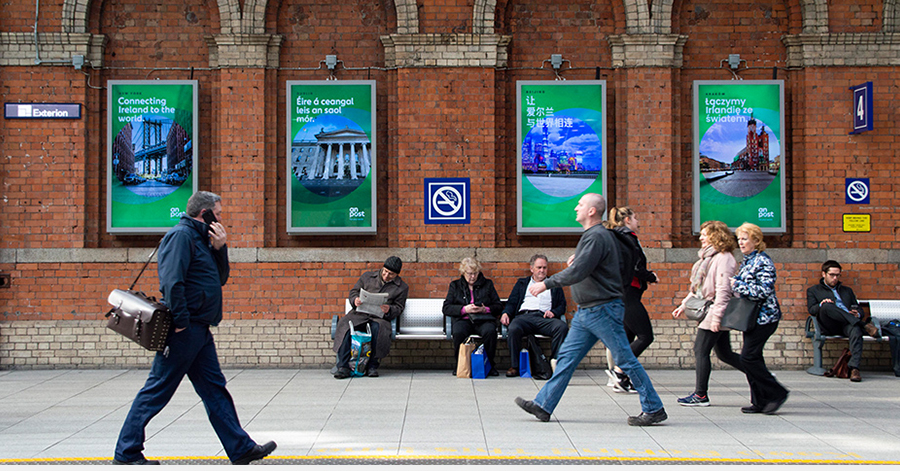
Let’s explore how to design an effective sequential messaging campaign by breaking it into three stages:
-
Awareness Stage: Grab Their Attention
This is your introduction—your first impression.
Goal: Spark interest and establish brand presence.
Message Style: Short, visually engaging, emotional or curiosity-driven.
Formats to Use: Video teasers, banner ads, social carousel posts.
Example: A skincare brand might start with a short reel that says: “Tired of dull skin? Here’s what you’re missing.”
-
Consideration Stage: Educate and Engage
Once you’ve caught their eye, it’s time to dive deeper.
Goal: Build trust and inform the user about your USP.
Message Style: Informative, value-driven, product-focused.
Formats to Use: How-to videos, case studies, customer testimonials, blog snippets.
Example: Following the first skincare video, the next ad could explain how their products use natural ingredients backed by dermatologists.
-
Decision Stage: Encourage Action
Now the user knows your brand and what you offer. It’s time to nudge them toward a decision.
Goal: Drive conversions—sign-ups, purchases, inquiries.
Message Style: Persuasive, urgent, clear.
Formats to Use: Offers, limited-time deals, success stories, direct CTAs.
Example: “Get 20% off your first order. Try the glow everyone’s talking about!”
Important Steps for Implementation of Sequential Advertising

Performing sequential messaging in advertising won’t be enough if you are not heading in the right direction. Sequential ads require thoughtful campaign creation and brainstorming sessions. Here are the steps you can follow to make sequential marketing part of your brand’s marketing sequential message strategy.
-
Identifying High-Quality Leads
Before you start building your messaging sequence, you need to define who you’re talking to. Sequential advertising works best when targeted toward users who have already interacted with your brand or shown potential buying intent.
-
Determine The Best Messaging
The second step is finding the right message. Each stage of your sequence should have a clear objective that aligns with the buyer’s mindset. Craft content that progressively moves the audience from awareness to action.
-
Target The Right Devices
Your audience isn’t just on one screen. People interact with ads differently depending on the device they’re using—be it smartphones, tablets, laptops, or connected TVs.Cross-device targeting ensures your storytelling doesn’t break, no matter where or how your audience connects.
-
Tell a Compelling Story
At its core, sequential messaging advertising is about storytelling. Each ad should act as a chapter in a larger narrative that builds curiosity, provides value, and inspires action. Think of your campaign like a film trailer: hook them in, develop the plot, then reveal the payoff.
-
Track Your Success
What’s the point of a journey if you can’t measure the milestones? Use robust tracking tools and analytics to monitor performance at every stage of your campaign. Refinement is key. The more data you gather, the smarter and more effective your sequences will become.
How can you integrate OOH into your Sequential Messaging Strategy?
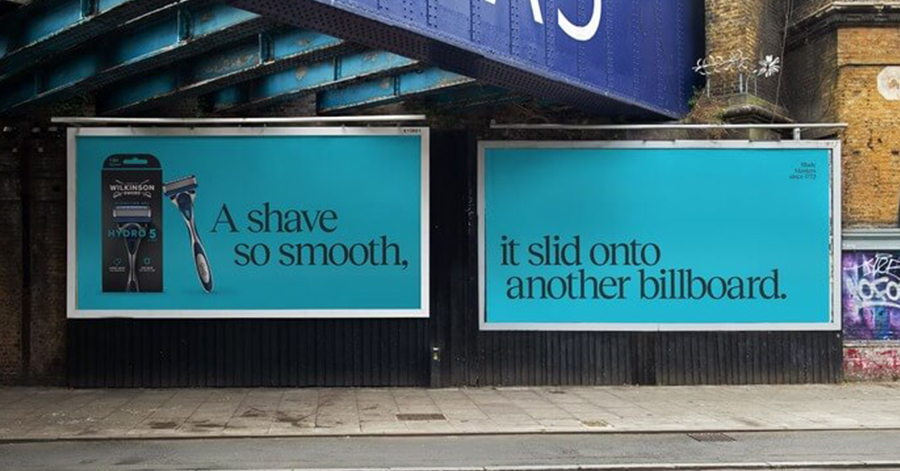
When we think of sequential advertising, we often picture digital platforms—social media, search engines, and programmatic video. But what if we told you that OOH advertising (Out-of-Home) advertising can play a powerful role in this storytelling sequence, too? Here’s how:
-
Use OOH as the Awareness Kick-Off
OOH is ideal for mass visibility and brand recall. Use high-impact formats like billboards, transit ads, or digital screens in high-traffic areas to introduce your brand to a wide audience.
-
Retarget Digitally Based on OOH Exposure Areas
With the rise of geo-fencing and mobile retargeting, brands can now serve follow-up ads to users who’ve been exposed to specific OOH placements. Serve digital ads to users who passed by your billboard or entered a branded auto-rickshaw zone. This creates a seamless online-offline loop, where the audience feels consistently engaged across platforms.
-
Make OOH the “Decision-Stage” Reminder
For users who’ve already interacted with your digital ads, OOH advertising can work as a powerful final nudge in the decision-making phase. Reinforce urgency with “limited-time” messaging on bus shelters, cabs, or in-cinema placements. Place ads in contextually relevant locations—near stores, malls, or business hubs—to catch people when they’re most likely to convert.
-
Amplify the Experience with Interactive OOH
Modern OOH isn’t static—it’s smart and digitally enabled. Brands can use QR codes, NFC tags, or AR filters on OOH creatives to guide users directly into the next step of their messaging funnel. This bridges the gap between real-world visibility and digital engagement, bringing sequential advertising to life.
Final Words!
In 2025, the most successful ad campaigns won’t just shout—they’ll speak, sequence, and shape the customer journey. Sequential messaging transforms passive impressions into active engagements by guiding audiences with intent. If your brand wants to rise above the noise, win attention, and drive real results, it’s time to stop thinking in isolated ads and start thinking in stories.
Sequential messaging doesn’t have to live exclusively in the digital world. When combined with OOH advertising, your brand’s narrative becomes unmissable, omnipresent, and unforgettable. By strategically placing your messages across the physical and digital landscape, you ensure your audience isn’t just seeing your brand—they’re experiencing it, one step at a time.

